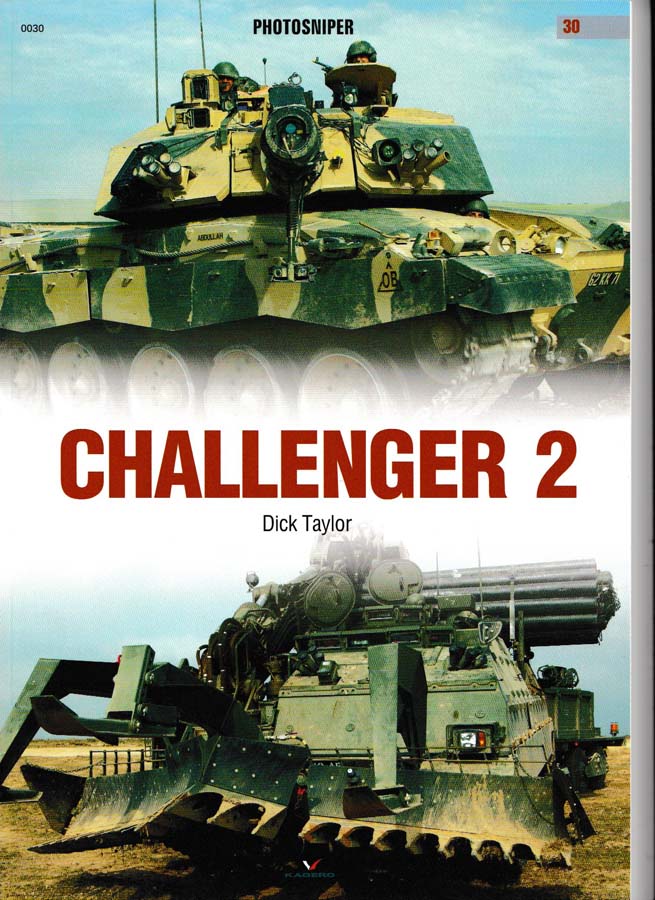I found this for you
The first reported ground fratricide incident during Operation Iraqi Freedom (OIF) occurred shortly after midnight on March 24, when a British Challenger II tank fired on another near Basra. This incident is of particular interest. The two tanks, Britain’s most advanced MBT types, were part of a squadron of the Queen’s Royal Lancers attached to the 1st Battalion Royal Regiment of Fusliers Battlegroup of the 7th Armoured Brigade. The tanks were engaging pockets of Iraqi soldiers near a bridge over the Qanat Shat Al Basra canal which runs along the western edge of the city. In a nearby sector, a troop of CR2 of 2RTR was tracking a group of enemy personnel through their thermal sights, which had been reported by the battle group HQ. The ‘target’ was indicated as an enemy bunker position. The QDL Challenger was, unfortunately, in turret-down position, below the skyline, its crew working on the turret top, visible to the 2 RTR crew as the reported “enemy” troops.
The RTR TC requested clearance to shoot, which was granted. Firing two shots of HESH at 4000 yards blew the turret off the QDL Challenger, killing two of the crew and seriously wounding the two others. Both tanks were fitted with visual identification systems in working order, but could not render clear visual contact, due to the hull-down positioned tank.
According to reports, tanks in OIF were issued bolted-on identification panels, including those emitting thermal signature which can be seen at long distance using IR observation devices. However there seemed to remain also some of the older fluorescent sheets, used during Desert Storm on some of the AFVs.




